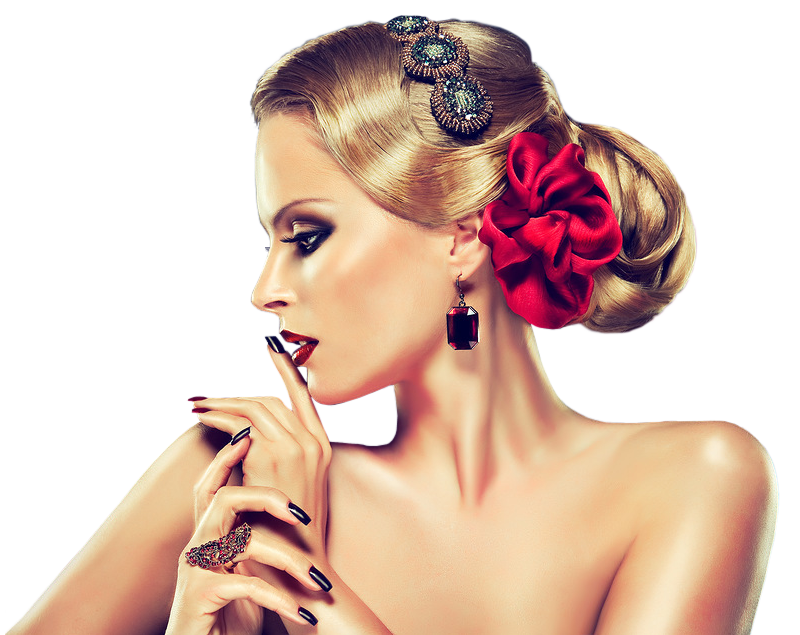Moritzburg Castle (German: Schloss Moritzburg) is a Baroque palace in Moritzburg, in the German state of Saxony, about 13 kilometres (8.1 mi) northwest of the Saxon capital, Dresden. The castle has four round towers and lies on a symmetrical artificial island. It is named after Duke Moritz of Saxony, who had a hunting lodge built there between 1542 and 1546. The surrounding woodlands and lakes have been a favourite hunting area of the electors and kings of Saxony.
The original castle, built from 1542–1546, was a hunting lodge for Moritz of Saxony, then Duke of Saxony. Elector John George II of Saxony had the lodge extended; the chapel was added between 1661 and 1671. Designed by his architect, Wolf Caspar von Klengel, the chapel is an example of early Baroque architecture.
The chapel was consecrated in a Catholic rite in 1697, after the grandson of John George II, Elector Augustus II the Strong, converted to Catholicism in order to secure his election as King of Poland. Between 1723 and 1733, Augustus had the castle remodelled as a country seat by architects Matthäus Daniel Pöppelmann and Zacharias Longuelune, adding a formal park, several ponds and a game preserve.
The surroundings of the castle were further developed by Elector Frederick Augustus III of Saxony, a greatgrandson of Augustus II the Strong, at the end of the 18th century. The Little Pheasant Castle (Fasanenschlösschen) was built between 1770 and 1776. The grounds were extended to include a building for the storage of bird nets, the large Well of Venus, living quarters for Count Camillo Marcolini and a maritime setting on the Great Lake complete with a miniature harbour with jetty and lighthouse.
Prince Ernst Heinrich of Saxony, who lived in the castle between 1933 and 1945, was the last resident of the House of Wettin. He was dispossessed in 1945 by the postwar Soviet administration.
The interior of the castle is furnished with examples of opulent baroque decor from the time of Augustus the Strong. The walls are covered in 17th century gold-gilded leather. Many rooms' furnishings are dedicated to courtly hunting.
The collection of red deer antlers is one of the most important of its kind. The castle's largest collection of antlers is shown in the Speisesaal ("dining room"). Most of its 71 trophies are between 270 and 400 years old; they were purchased or acquired as presents. Among them is the heaviest red deer antler in the world, weighing 19.8 kilograms (44 lb) and spanning almost 2 metres (6.6 ft). In the Monströsensaal ("monstrosity room"), there are 39 contorted antlers. One specimen, a 66-point red deer antler is from an animal killed by Elector Frederick III of Brandenburg in 1696.
In 1723, Augustus the Strong acquired a four-poster bed for his Japanese palace. It had approximately a million peacock, pheasant, guinea hen and duck feathers woven into the canvas. Rather than gluing or tying the feathers onto the canvas, they were woven in as weft. Upon acquisition, Augustus had the curtains removed and turned into wall hangings, inspiring the room's name, Federzimmer, or "feather room". This ensemble was moved to Schloss Moritzburg in 1830. Following an extensive 19-year restoration, the bed and wall hangings have been on view again since 2003.
Examples of Chinese, Japanese and Meissen porcelain are shown in the historical Porzellanquartier ("porcelain quarter"). This exhibition displays porcelain depicting hunting, exotic and mythological motifs as well as animal figurines that are relating to Moritzburg’s original determination as a hunting lodge.
The apartments contain examples of opulence in the lacquered and ornate furniture, such as the Augsburg-made silver furniture styled after Louis XIV's silver furniture at Versailles. There are also engraved and inlaid weapons for hunting. The Billiardsaal ("billiards hall"), named after a former billiard table in it, contains monumental paintings on leather by Louis de Silvestre. Eleven rooms are decorated with painted leather wallpaper from the 17th century.
A collection of royal carriages is shown in the entrance hall.
PARK AND SURROUNDINGS
In 1728, a park was added to the castle on the adjacent land to the north. The u-shaped park has an area of approximately 230 by 150 meters. The gardens are in the French style and, because of the death of Augustus the Strong, were never completed. Johann Christian Daniel, Matthäus Daniel Pöppelmann and others were involved in their initial design and planning. The garden's layout follows that of other European royal courts of the time.
During the 19th century, there were rare plants added and the garden was developed into a park in the romantic style.
An 8-arm, star-shaped system of alleys was cut through the Friedewald, the forest on the northern side of the property. In particular, it was designed for royal fox hunting with hounds. The ruins of the Hellhaus ("glade house"), built in 1787 and designed by Johann Daniel Schade, can be found on a raised point at the intersection of the paths. It served the court hunting parties because from here, the so-called "swan keeper" would indicate the direction of flight of the game they hunted. This was done using flags, which he would raise from the top of the building.
One alley running directly east, visually connects the castle with the Fasanenschlösschen ("Little Pheasant Castle"), 2.5 kilometres (1.6 miles) away. Not far from the Fasanenschlösschen is the Well of Venus, one of the largest Baroque fountains in Saxony. It symbolizes the eastern end of a canal, which runs parallel to this corridor most of the time.
During the reconstruction phase of the palace from 1723 until 1733, the large pond surrounding the castle’s artificial island was built from what was originally four smaller ponds. The other ponds in the Friedewald date from the 16th century and have been used for carp production since then. The channels connecting the ponds allow one to "fish" the carp by draining the water.
source:
